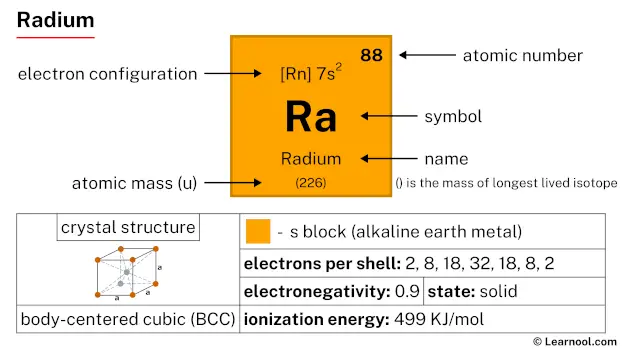
Radium (Ra) is a chemical element of the periodic table, located in the group 2 and the period 7, and has the atomic number 88. It is a soft, lustrous, silvery-white alkaline earth metal, whose name comes from the Latin word “radius”, which means ray. It is highly toxic and is counted as one of the radioactive elements. It is the heaviest alkaline earth metal.
On periodic table
| group | ⇨ | 1 | 2 | 3 | 4 | 5 | 6 | 7 | 8 | 9 | 10 | 11 | 12 | 13 | 14 | 15 | 16 | 17 | 18 |
| period | ⇩ | ||||||||||||||||||
| 1 | 1 H 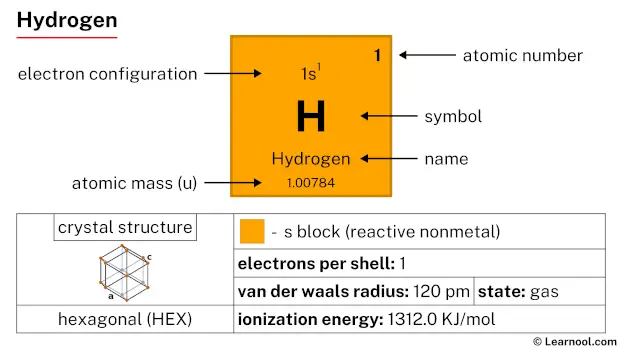 Hydrogen |
2 He 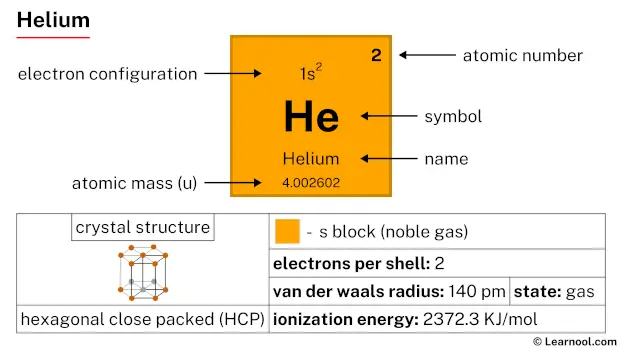 Helium |
|||||||||||||||||
| 2 | 3 Li 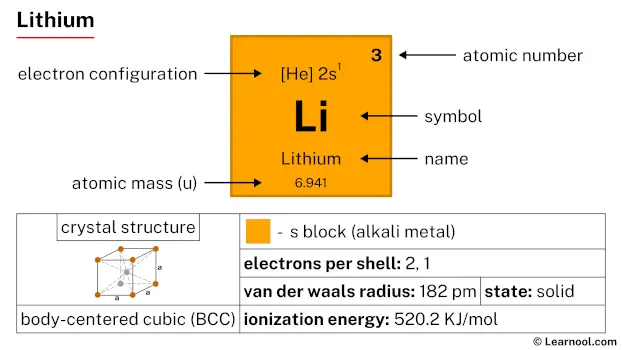 Lithium |
4 Be 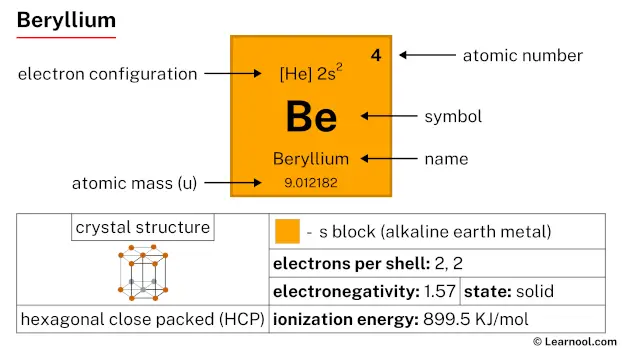 Beryllium |
5 B 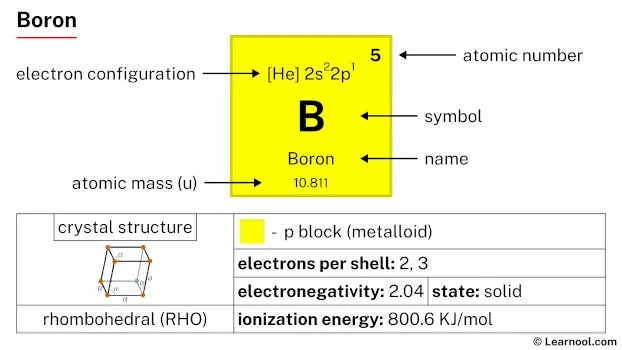 Boron |
6 C 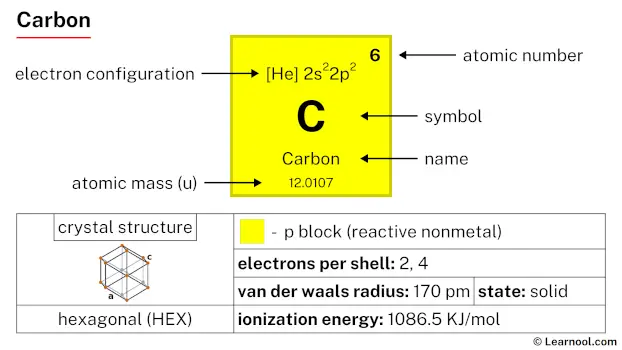 Carbon |
7 N 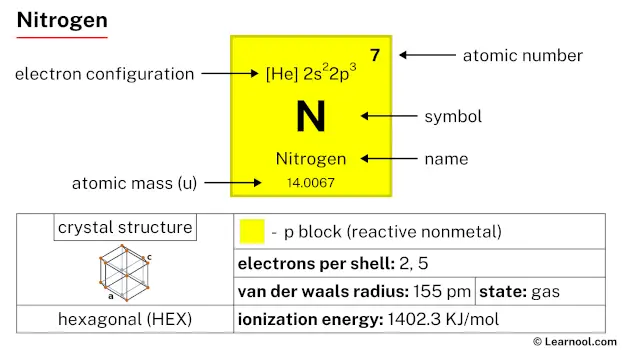 Nitrogen |
8 O 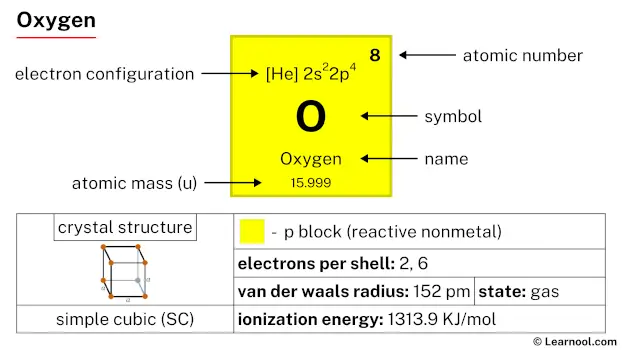 Oxygen |
9 F 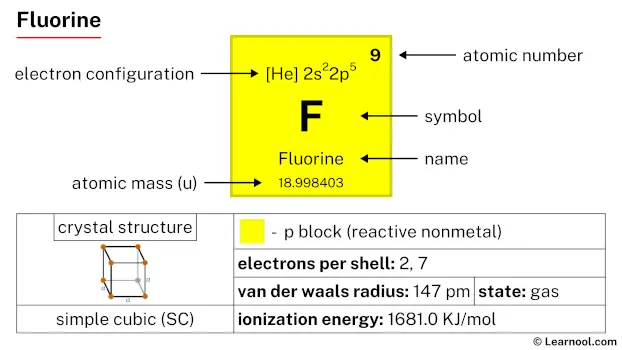 Fluorine |
10 Ne 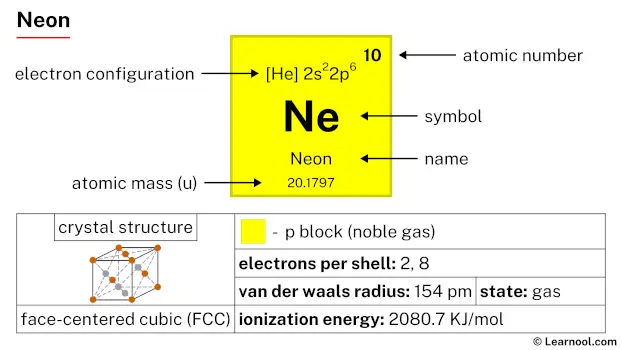 Neon |
|||||||||||
| 3 | 11 Na 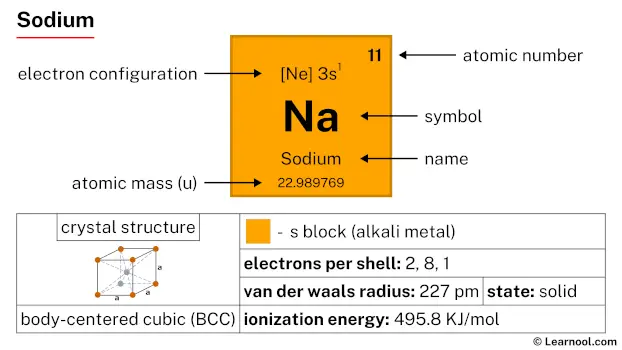 Sodium |
12 Mg 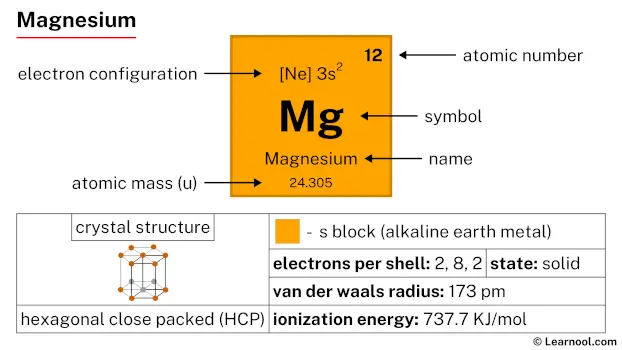 Magnesium |
13 Al 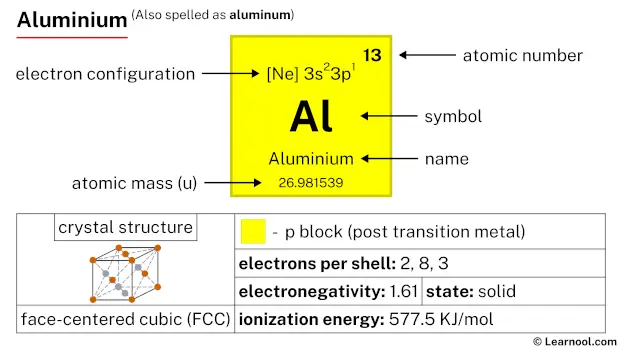 Aluminium |
14 Si Silicon |
15 P 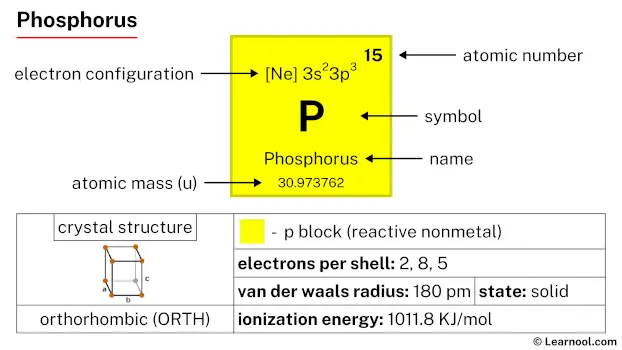 Phosphorus |
16 S 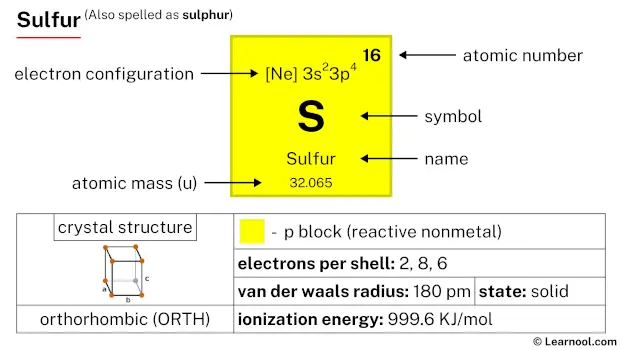 Sulfur |
17 Cl 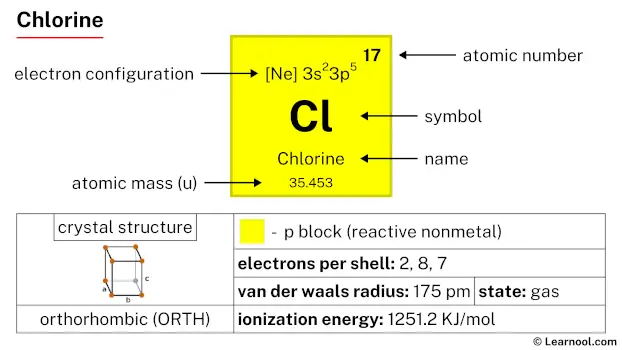 Chlorine |
18 Ar 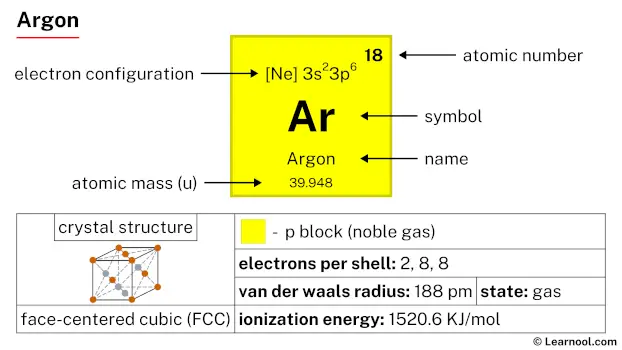 Argon |
|||||||||||
| 4 | 19 K 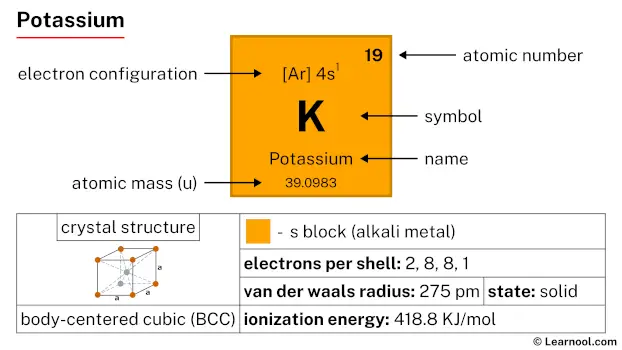 Potassium |
20 Ca 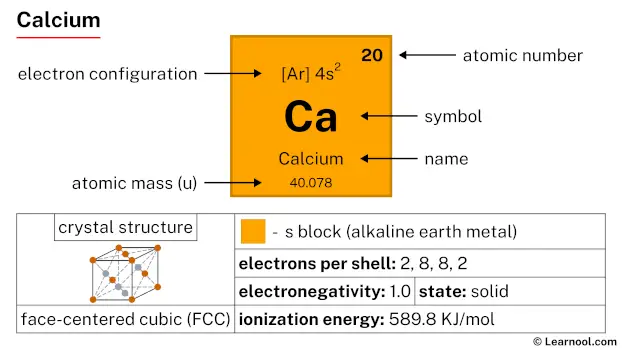 Calcium |
21 Sc 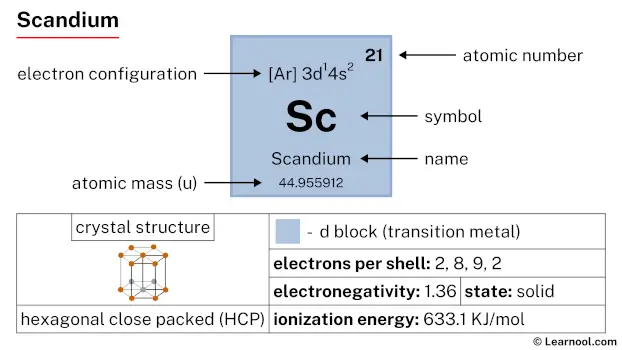 Scandium |
22 Ti 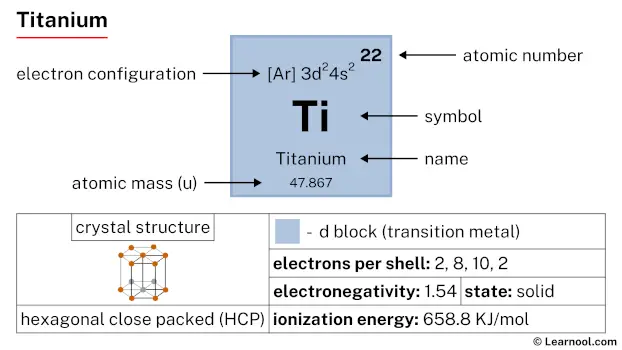 Titanium |
23 V 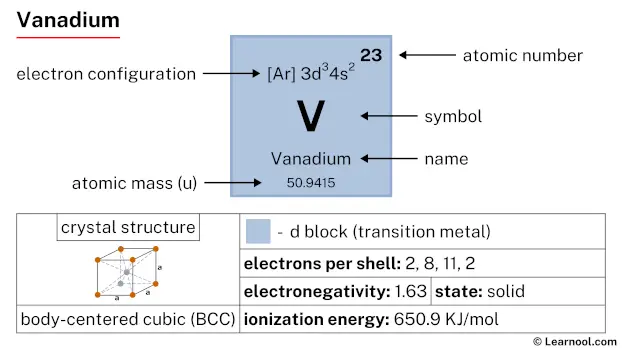 Vanadium |
24 Cr 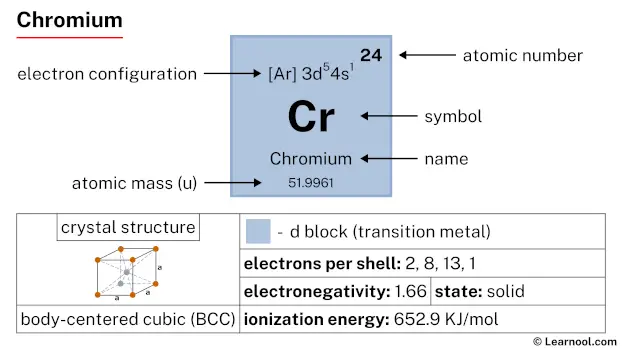 Chromium |
25 Mn 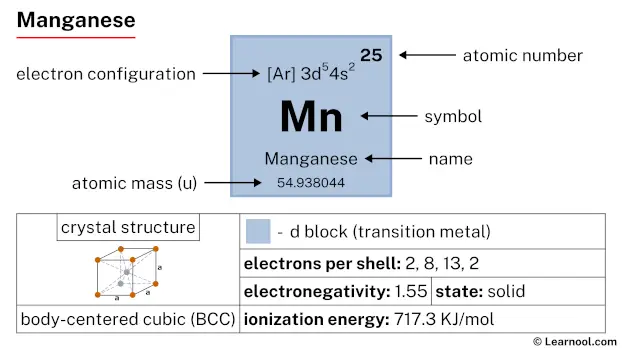 Manganese |
26 Fe 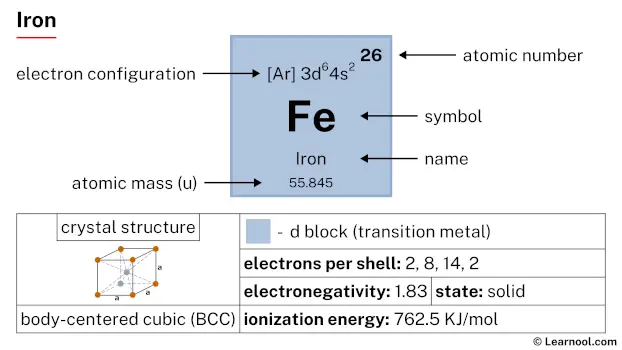 Iron |
27 Co 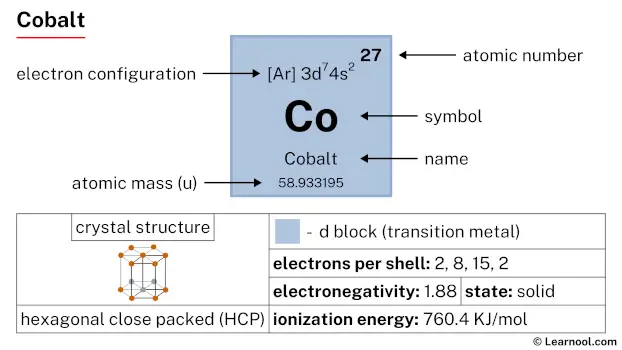 Cobalt |
28 Ni 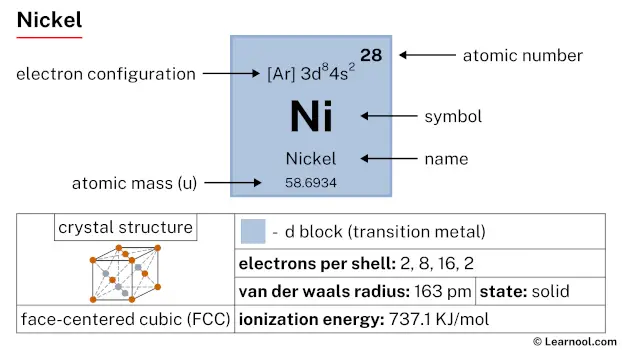 Nickel |
29 Cu 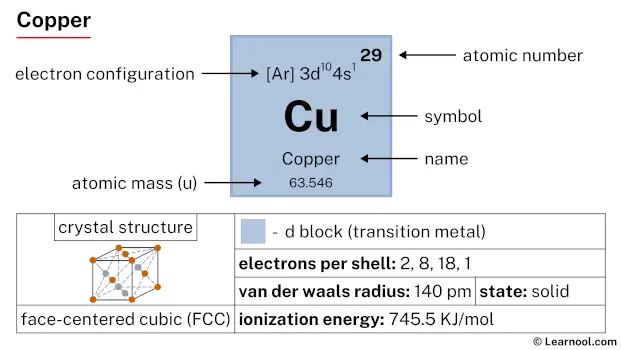 Copper |
30 Zn 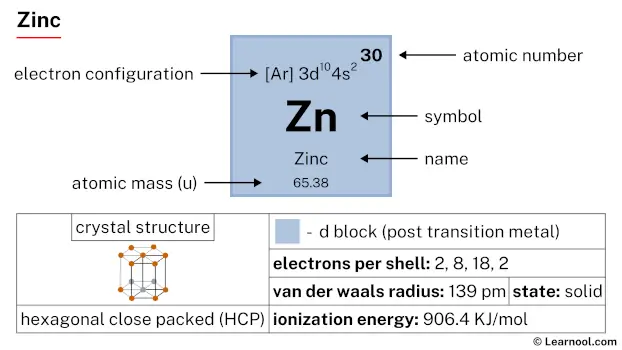 Zinc |
31 Ga 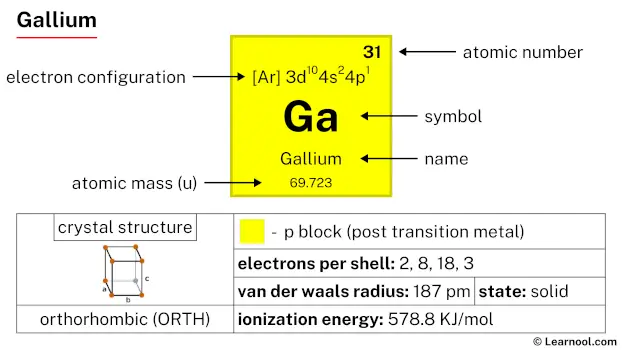 Gallium |
32 Ge 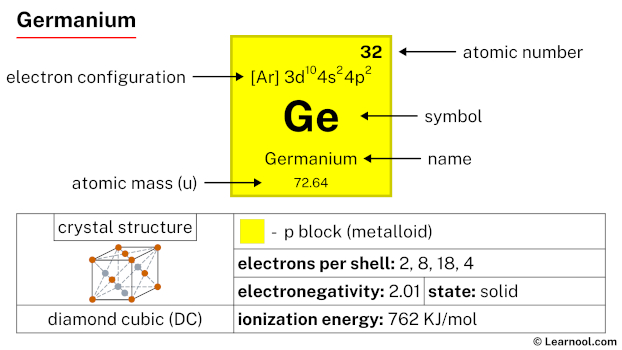 Germanium |
33 As 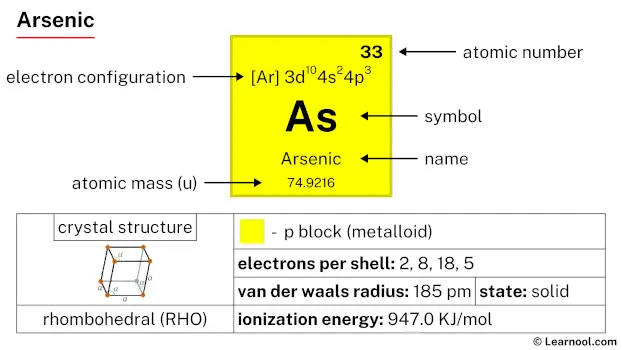 Arsenic |
34 Se 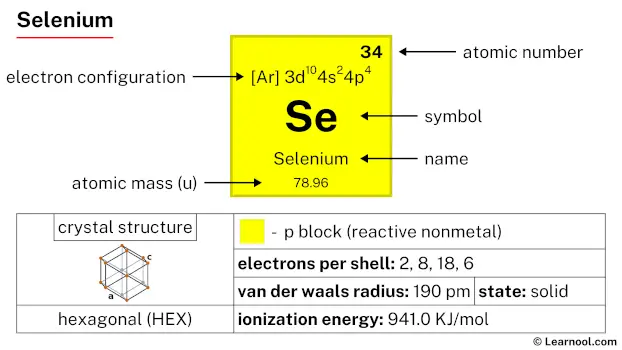 Selenium |
35 Br 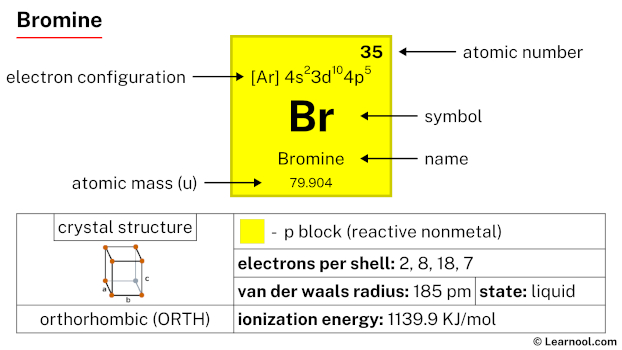 Bromine |
36 Kr 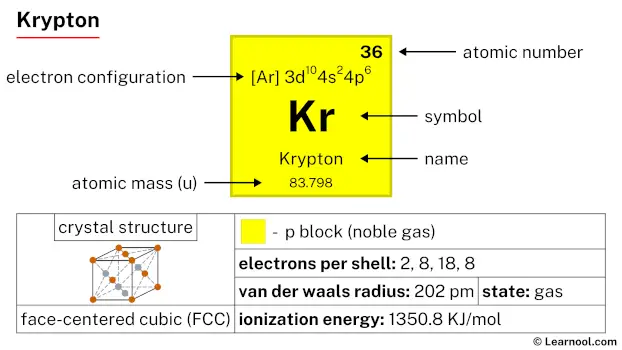 Krypton |
|
| 5 | 37 Rb 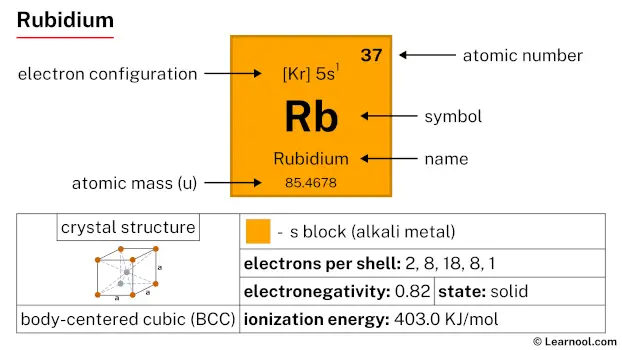 Rubidium |
38 Sr 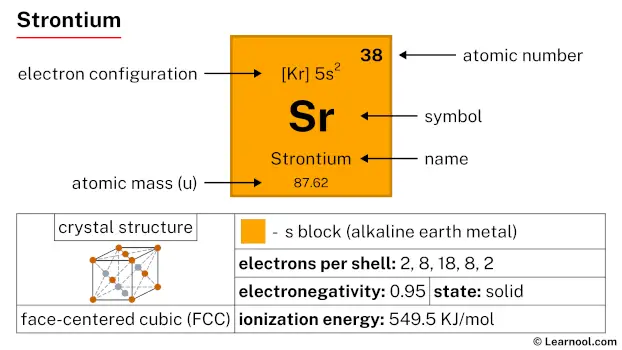 Strontium |
39 Y 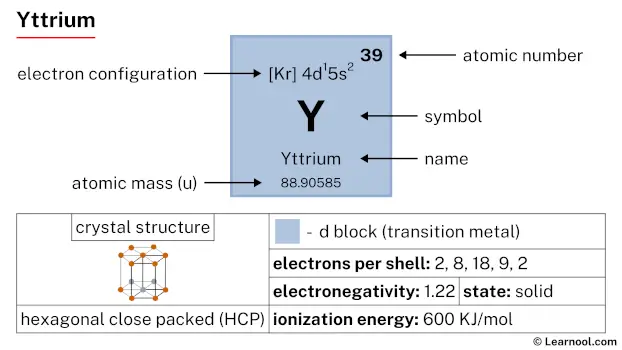 Yttrium |
40 Zr 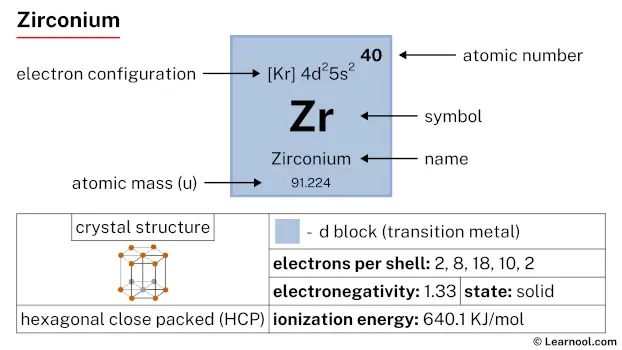 Zirconium |
41 Nb 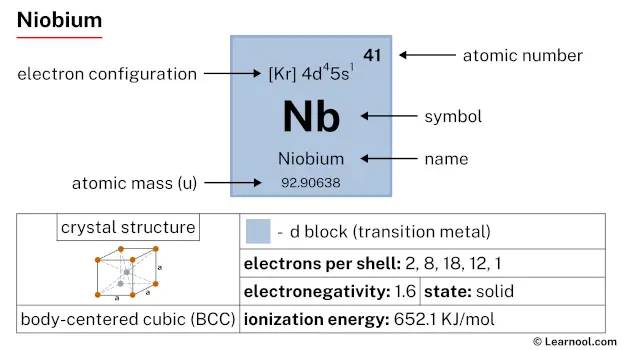 Niobium |
42 Mo 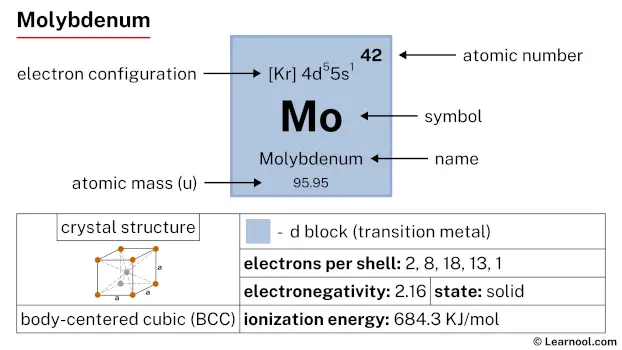 Molybdenum |
43 Tc 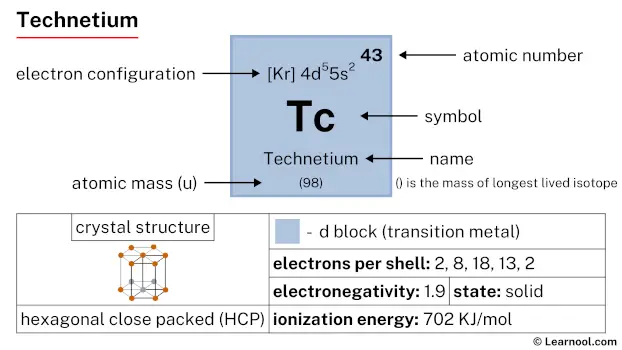 Technetium |
44 Ru 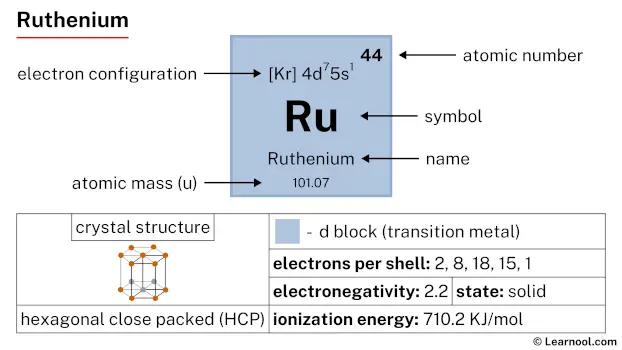 Ruthenium |
45 Rh 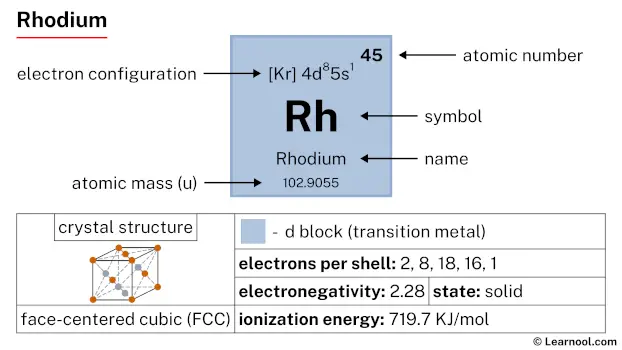 Rhodium |
46 Pd 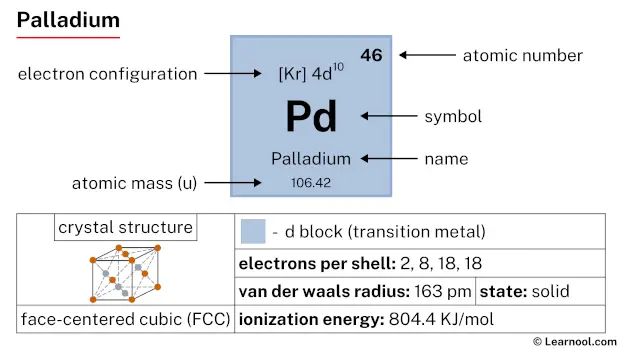 Palladium |
47 Ag 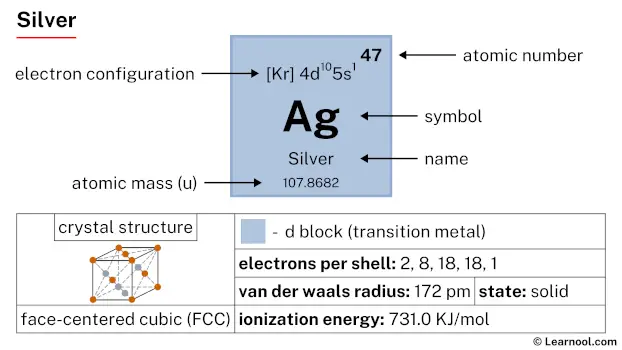 Silver |
48 Cd 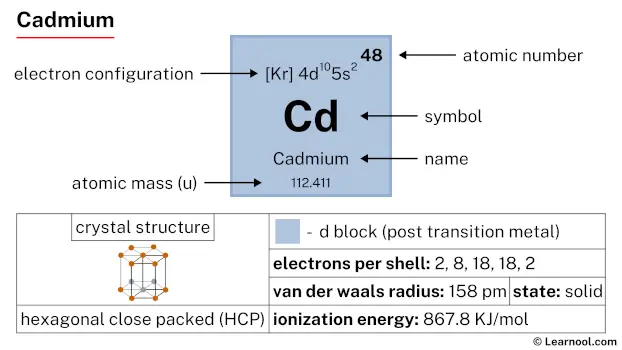 Cadmium |
49 In 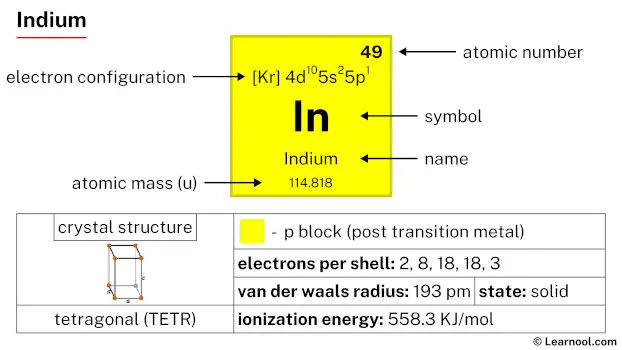 Indium |
50 Sn 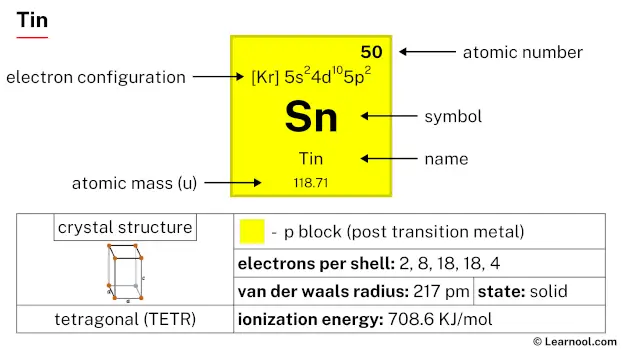 Tin |
51 Sb 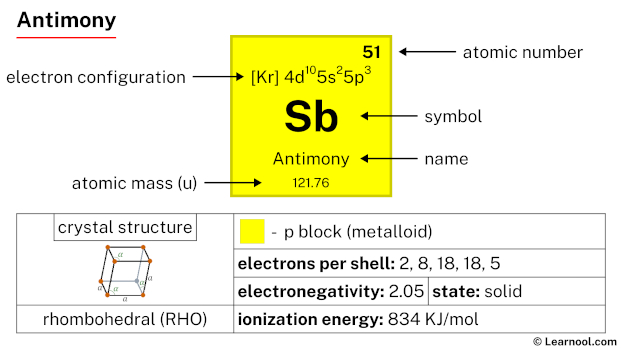 Antimony |
52 Te 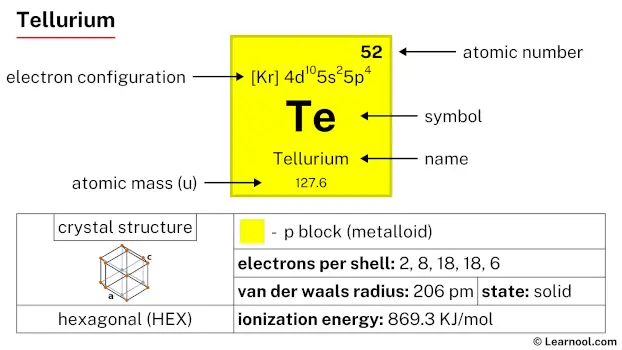 Tellurium |
53 I 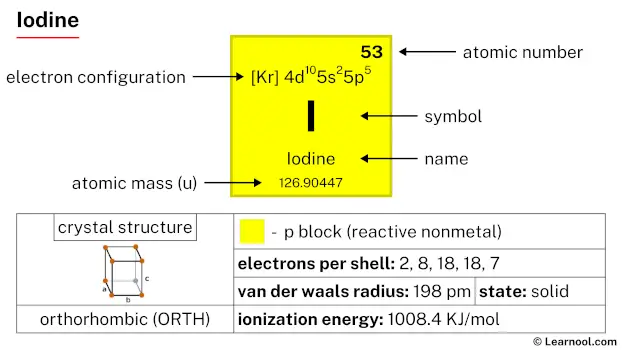 Iodine |
54 Xe 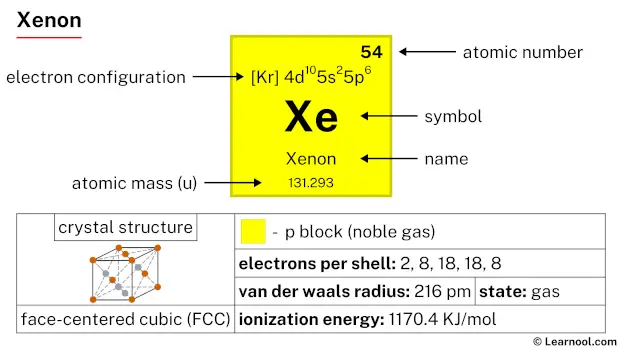 Xenon |
|
| 6 | 55 Cs 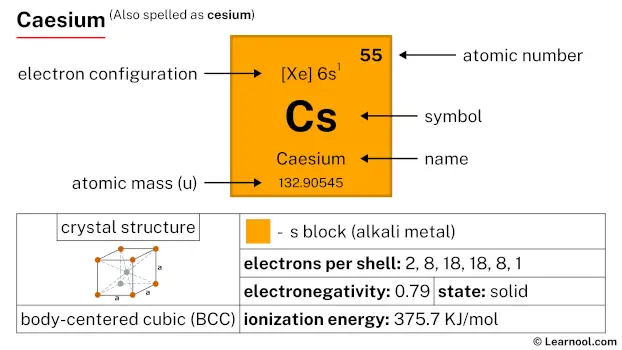 Caesium |
56 Ba 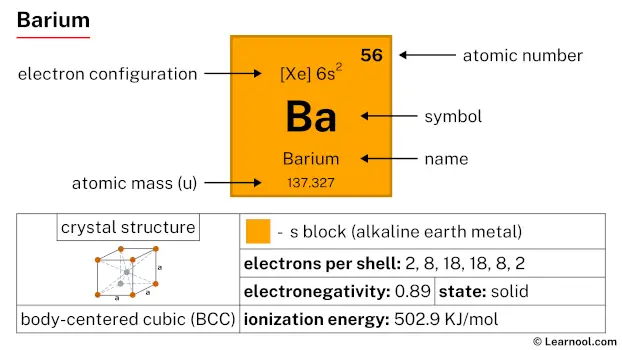 Barium |
72 Hf 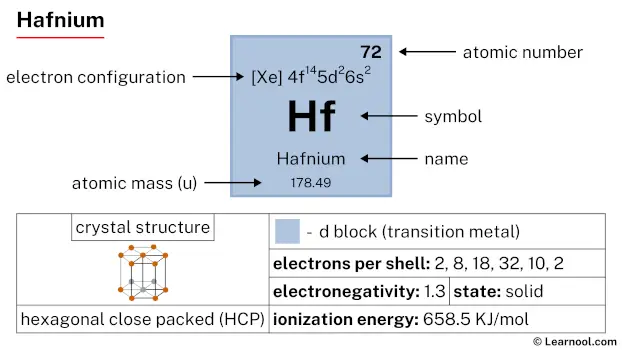 Hafnium |
73 Ta 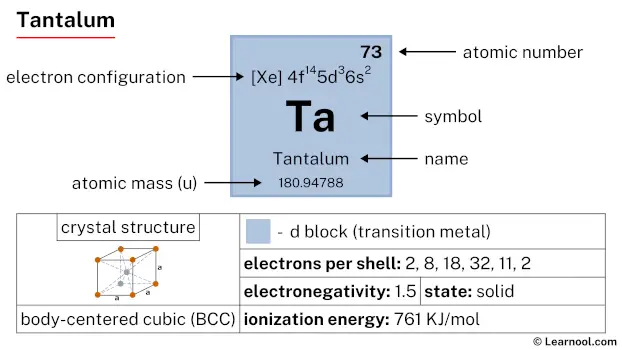 Tantalum |
74 W 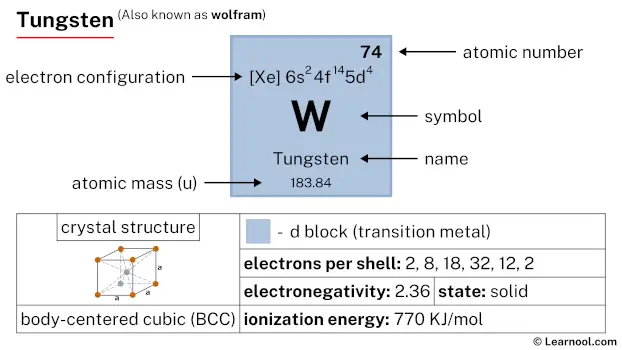 Tungsten |
75 Re 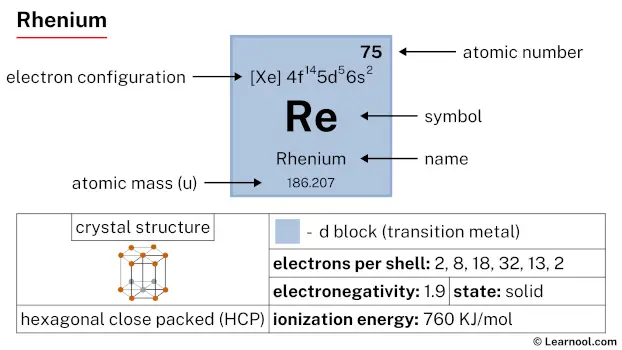 Rhenium |
76 Os 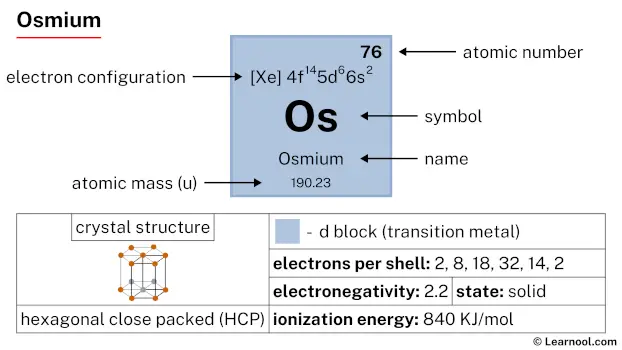 Osmium |
77 Ir 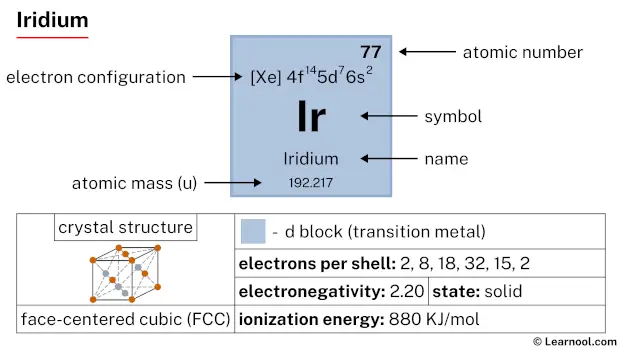 Iridium |
78 Pt 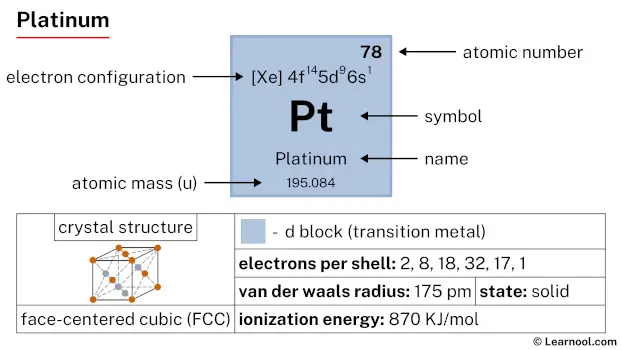 Platinum |
79 Au 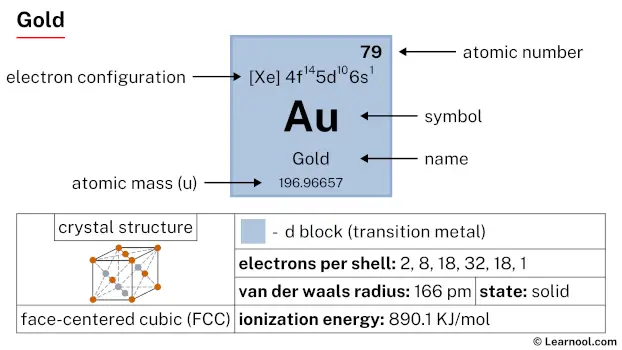 Gold |
80 Hg 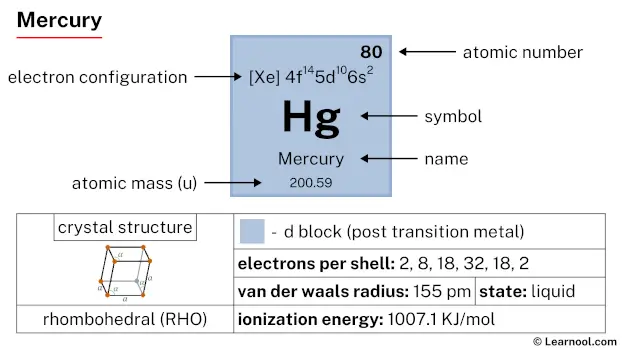 Mercury |
81 Tl 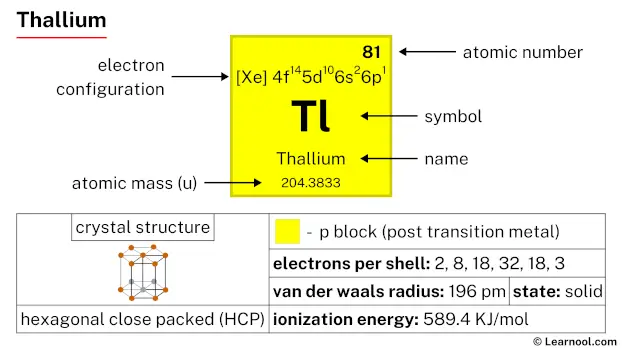 Thallium |
82 Pb 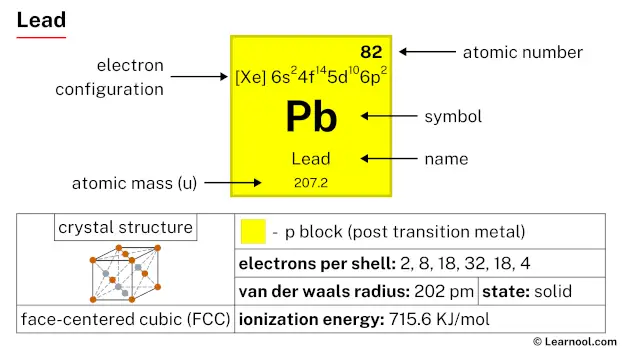 Lead |
83 Bi 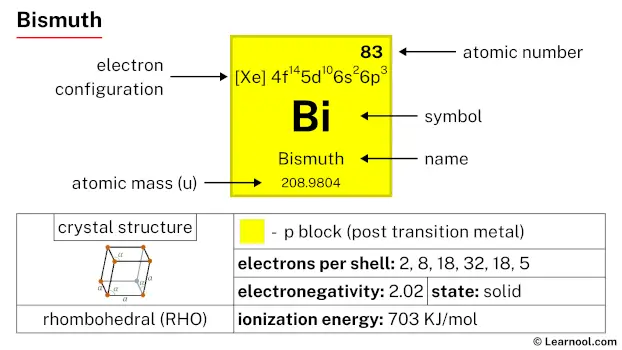 Bismuth |
84 Po 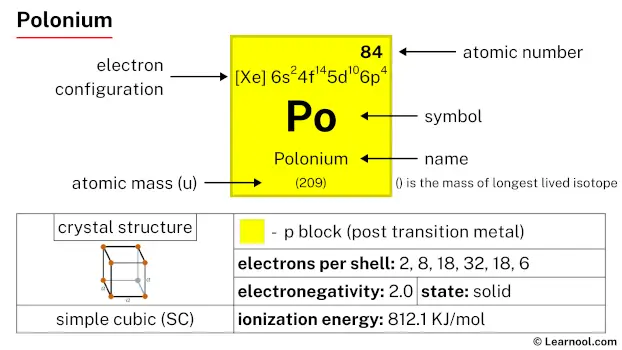 Polonium |
85 At 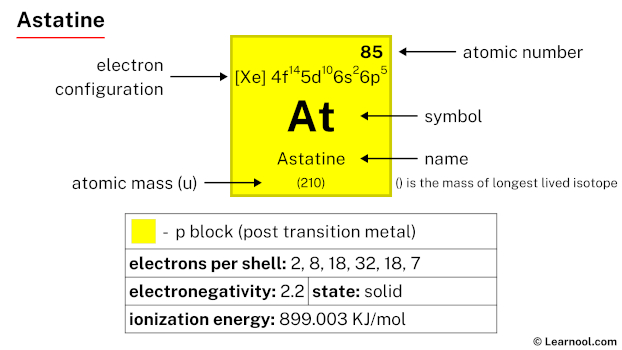 Astatine |
86 Rn 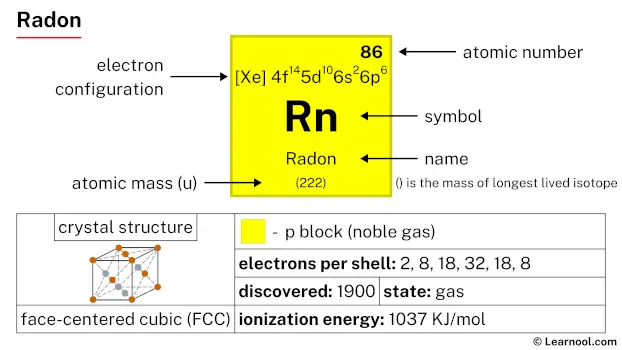 Radon |
||
| 7 | 87 Fr 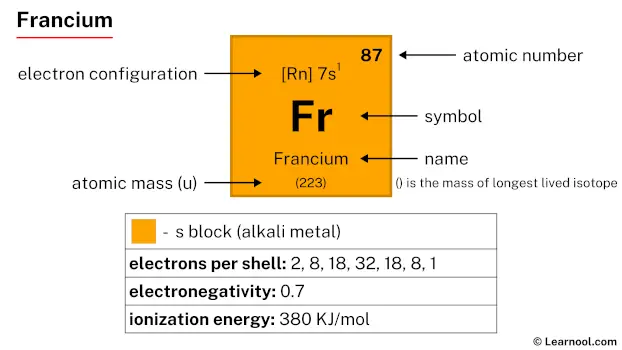 Francium |
88 Ra Radium |
104 Rf 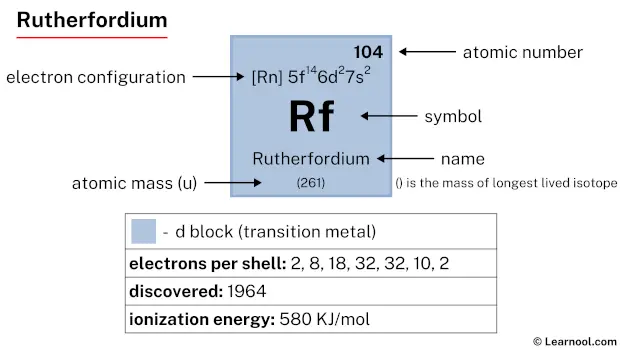 Rutherfordium |
105 Db 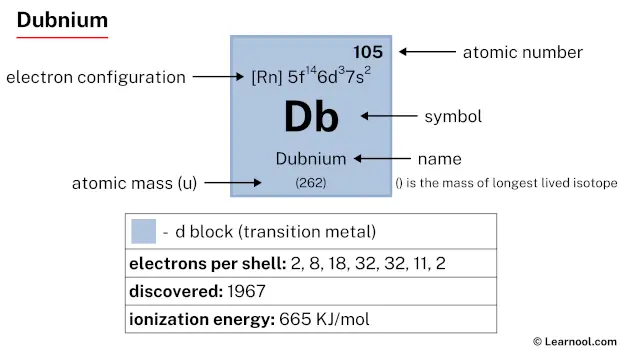 Dubnium |
106 Sg 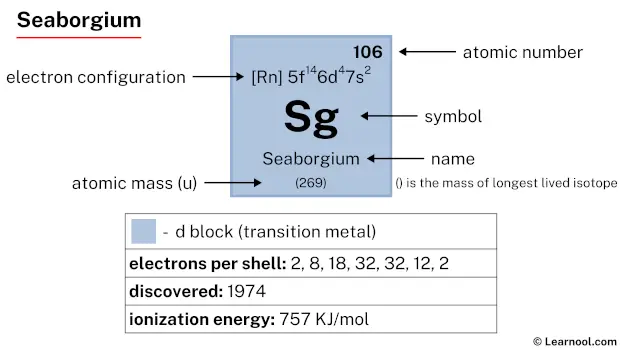 Seaborgium |
107 Bh 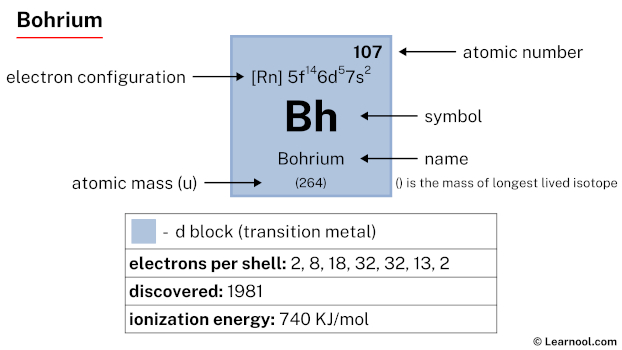 Bohrium |
108 Hs 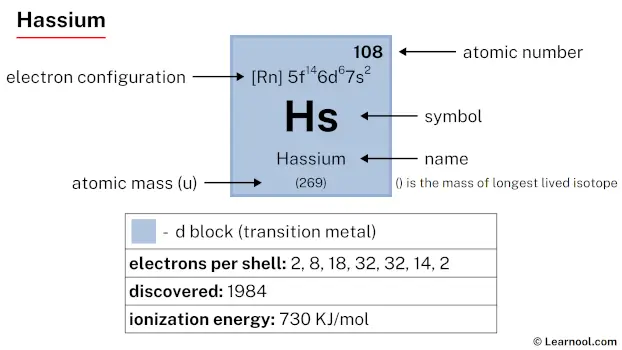 Hassium |
109 Mt 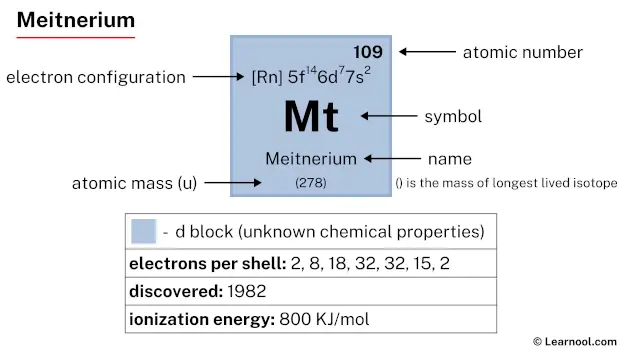 Meitnerium |
110 Ds 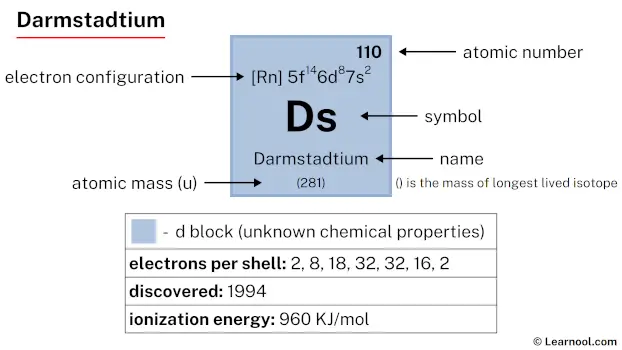 Darmstadtium |
111 Rg 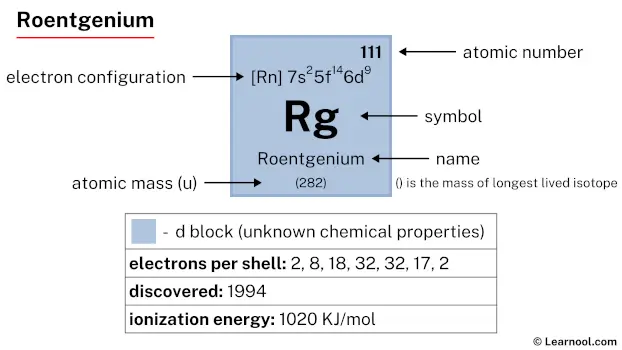 Roentgenium |
112 Cn 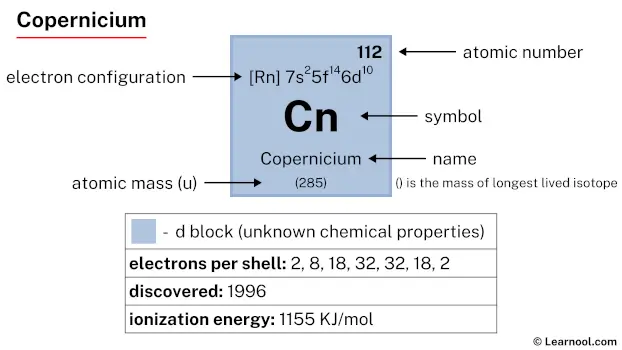 Copernicium |
113 Nh 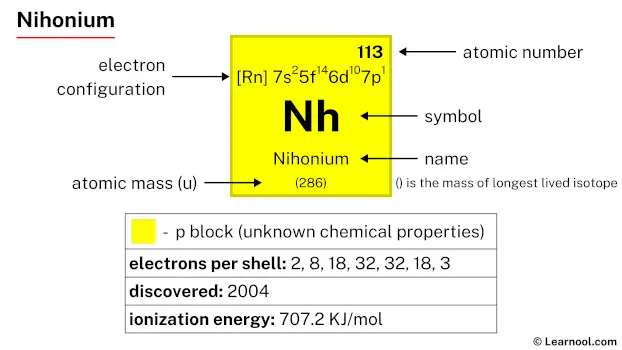 Nihonium |
114 Fl 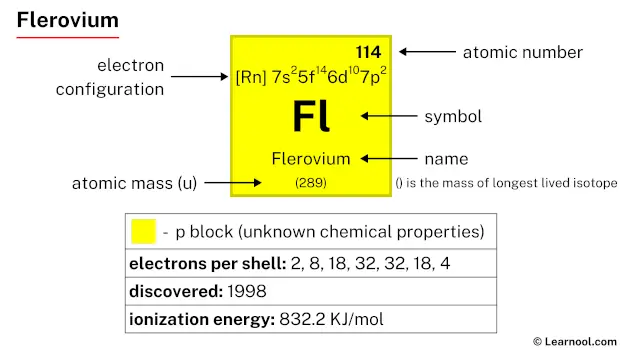 Flerovium |
115 Mc 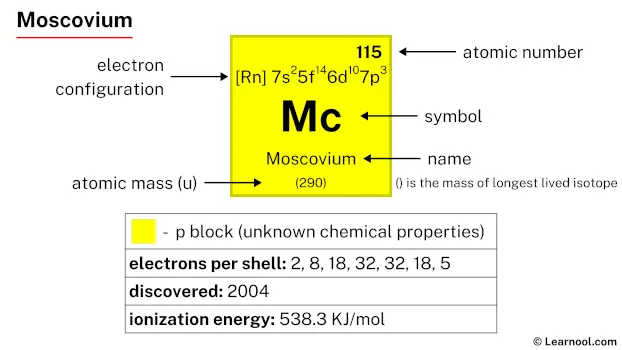 Moscovium |
116 Lv 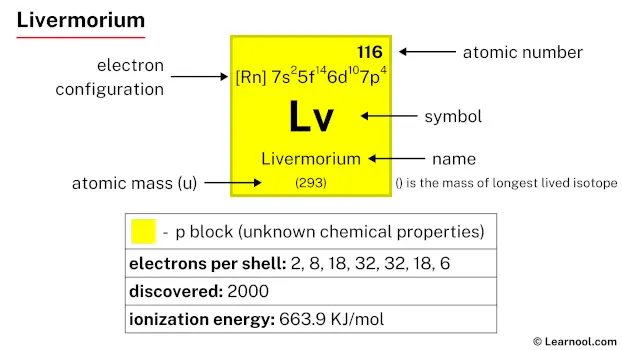 Livermorium |
117 Ts 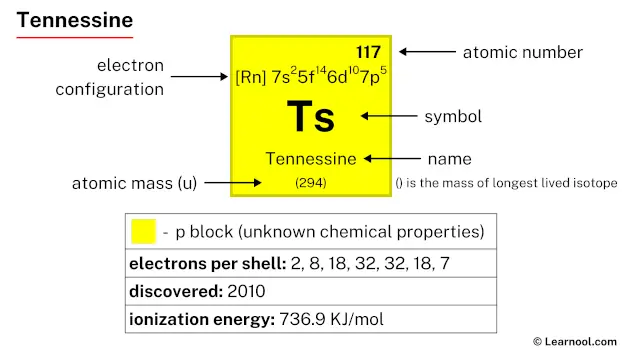 Tennessine |
118 Og 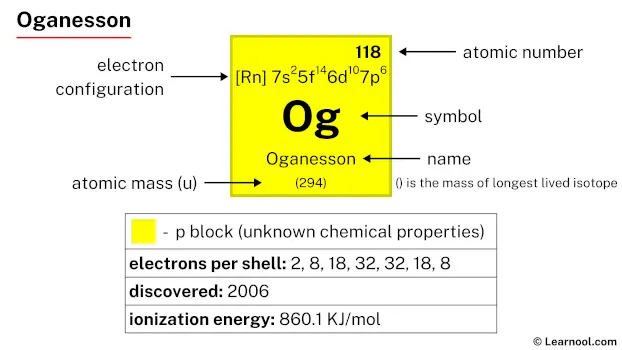 Oganesson |
||
| 57 La 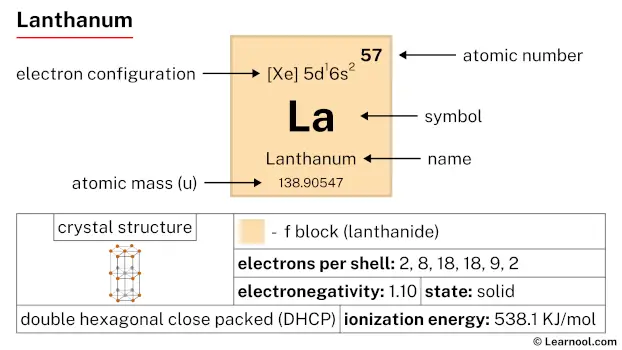 Lanthanum |
58 Ce 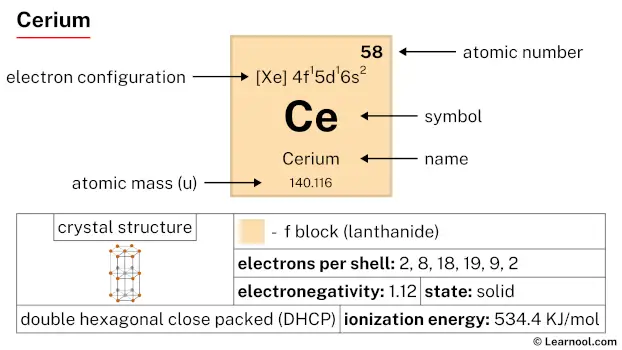 Cerium |
59 Pr 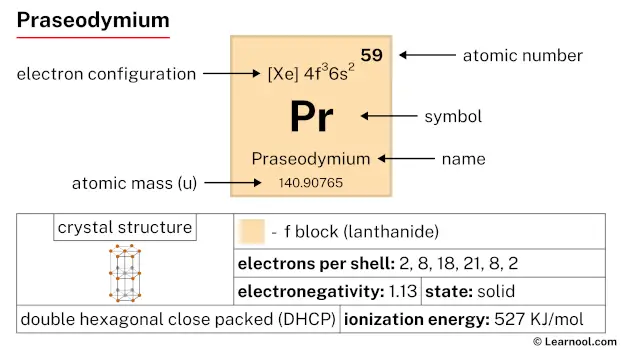 Praseodymium |
60 Nd 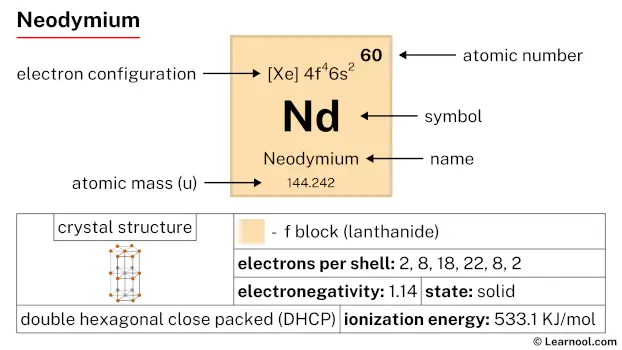 Neodymium |
61 Pm 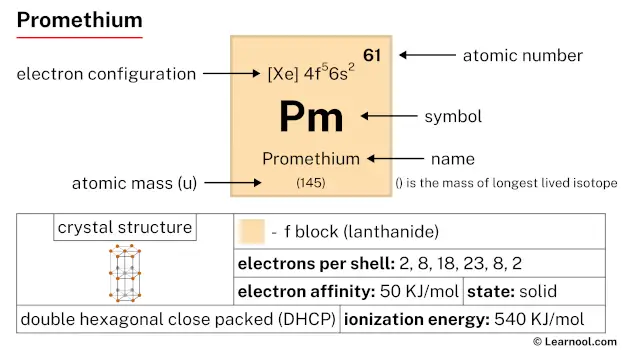 Promethium |
62 Sm 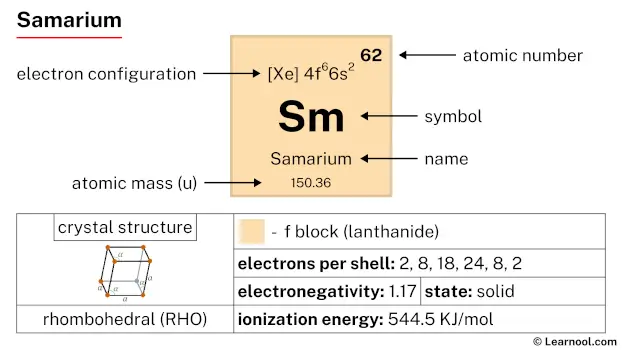 Samarium |
63 Eu 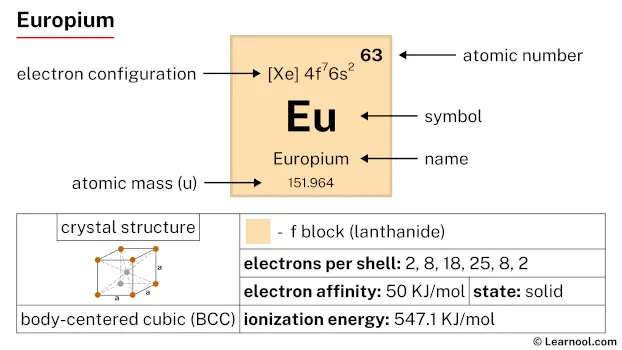 Europium |
64 Gd 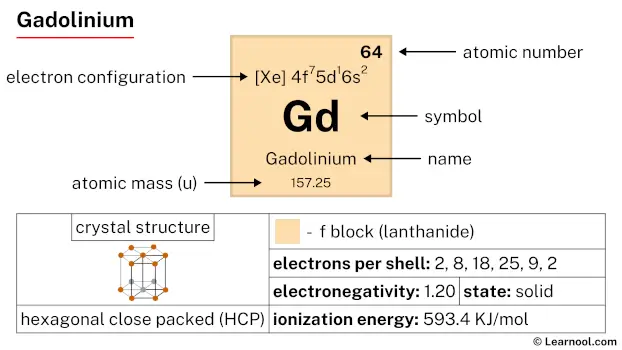 Gadolinium |
65 Tb 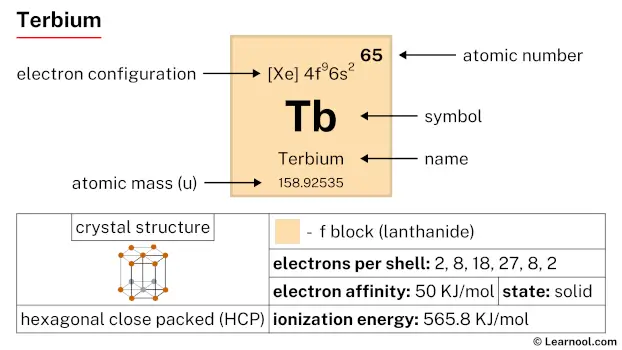 Terbium |
66 Dy 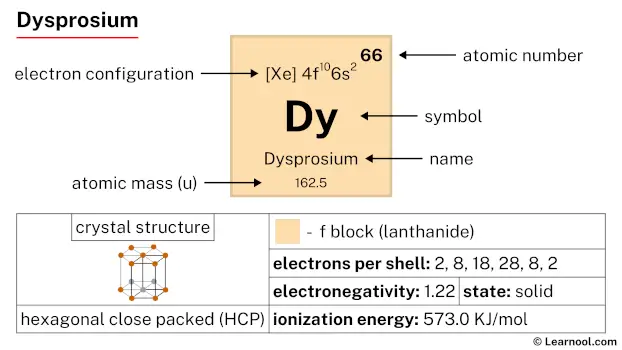 Dysprosium |
67 Ho 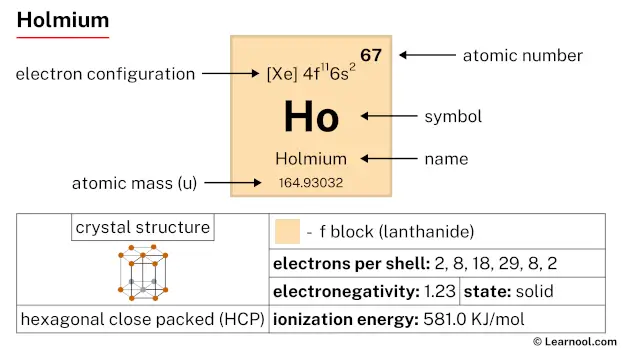 Holmium |
68 Er 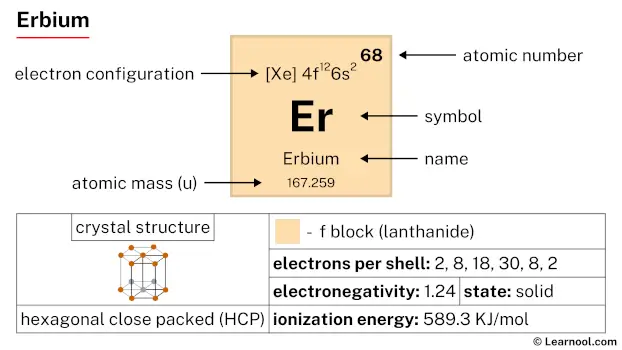 Erbium |
69 Tm 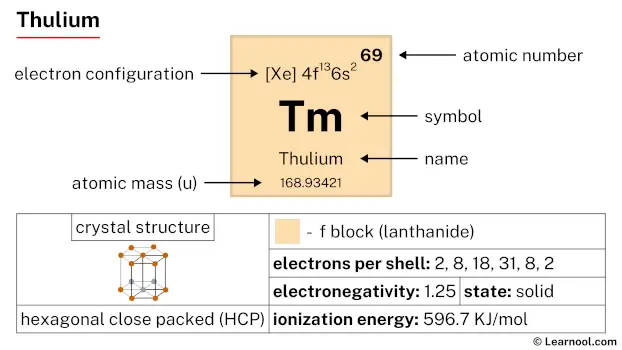 Thulium |
70 Yb 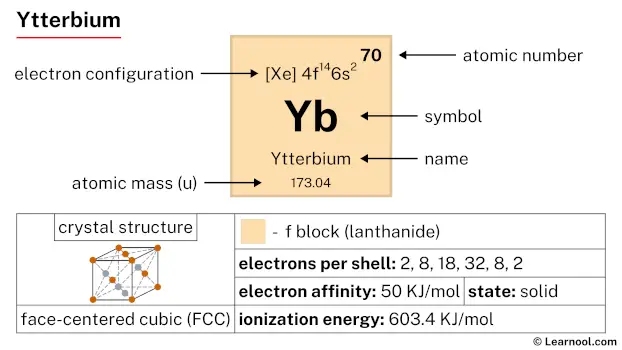 Ytterbium |
71 Lu 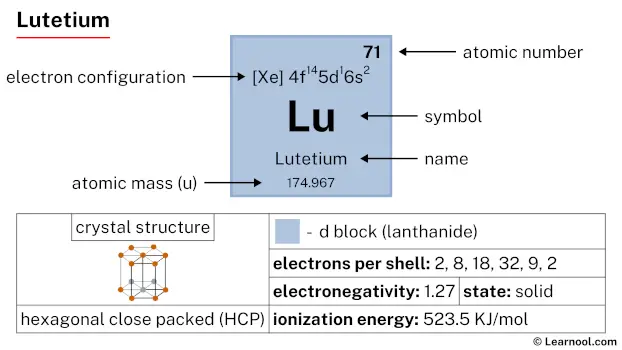 Lutetium |
|||||
| 89 Ac 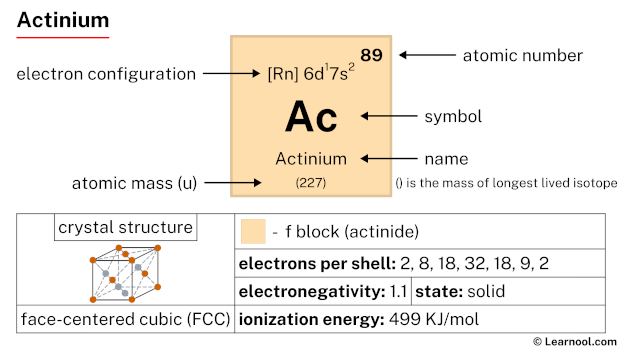 Actinium |
90 Th 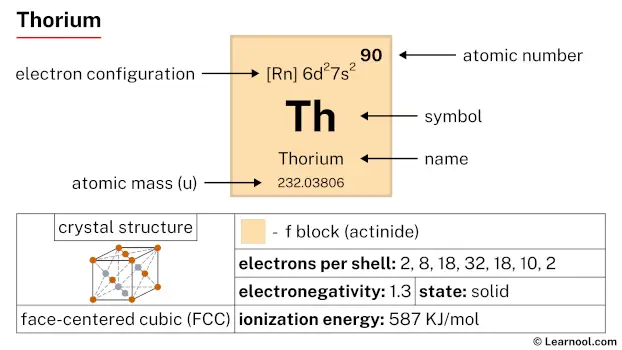 Thorium |
91 Pa 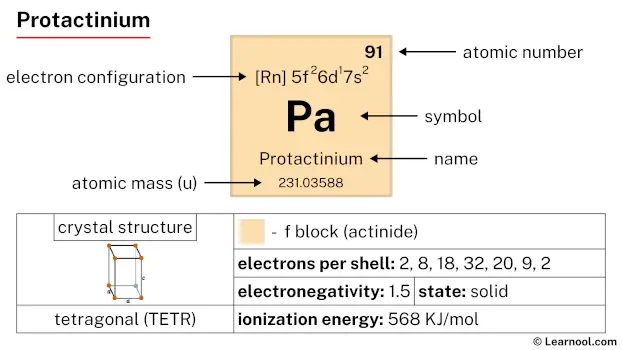 Protactinium |
92 U 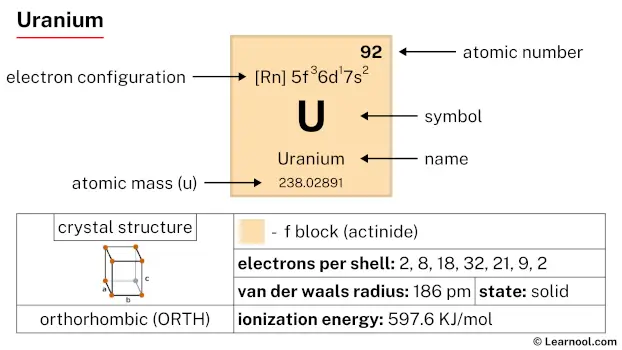 Uranium |
93 Np 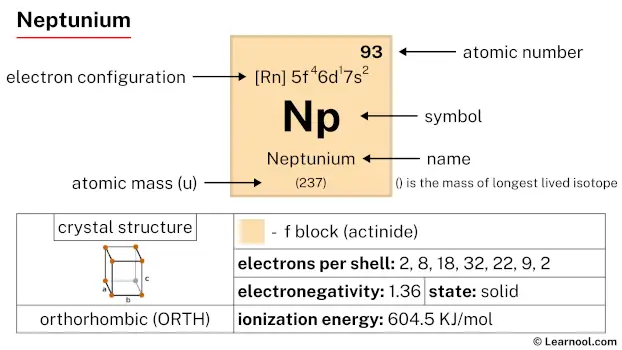 Neptunium |
94 Pu 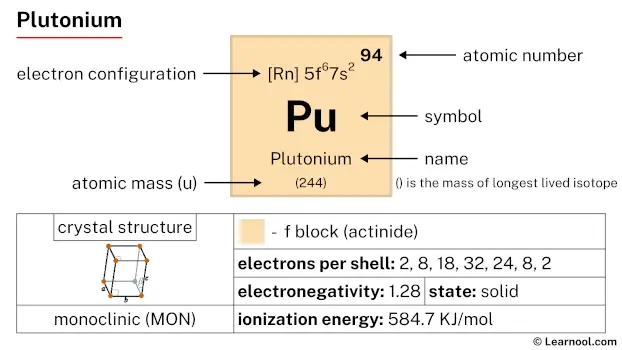 Plutonium |
95 Am 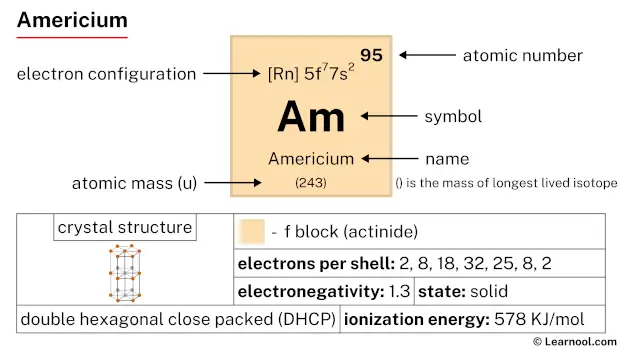 Americium |
96 Cm 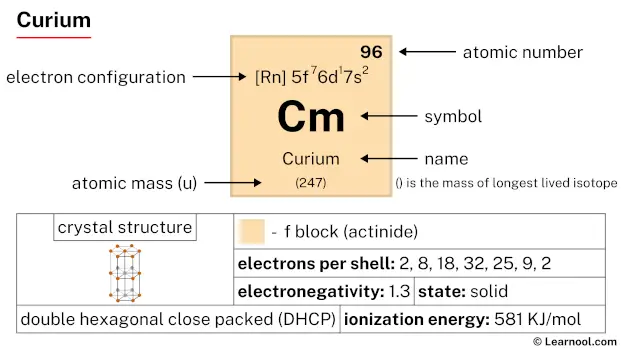 Curium |
97 Bk 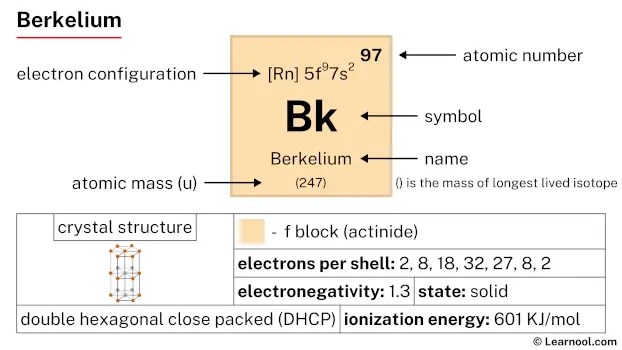 Berkelium |
98 Cf 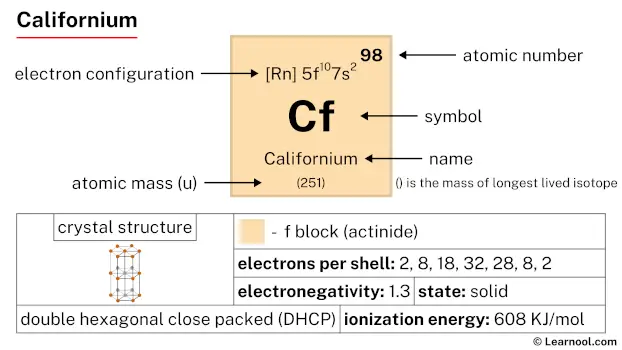 Californium |
99 Es 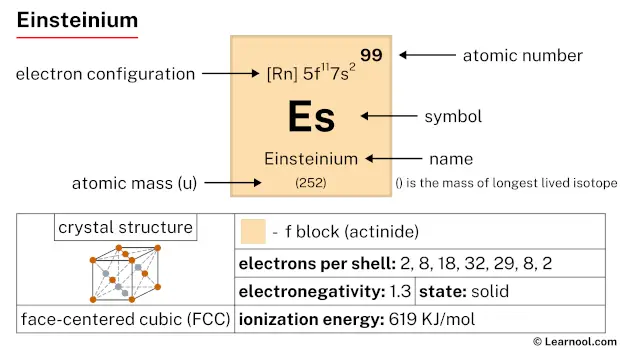 Einsteinium |
100 Fm 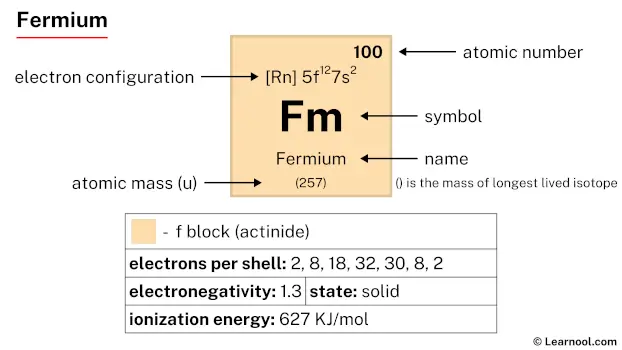 Fermium |
101 Md 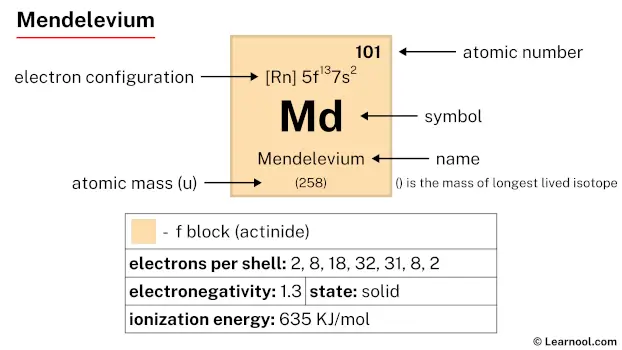 Mendelevium |
102 No 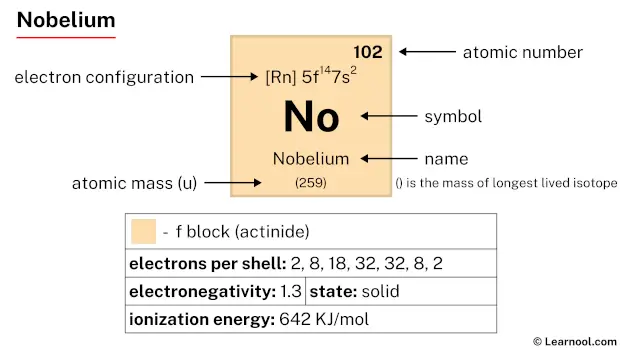 Nobelium |
103 Lr 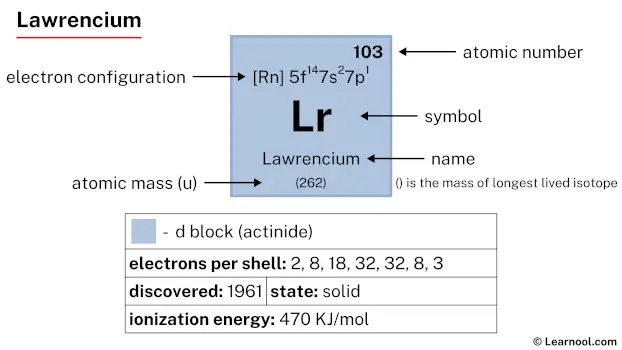 Lawrencium |
|||||
| – s block |
Radium is an s-block element, situated in the second column of the periodic table, next to francium (Fr). It has the atomic number 88 and is denoted by the symbol Ra.
Element information
| Radium element | |
|---|---|
| Symbol | Ra |
| Atomic number (Z) | 88 |
| Standard atomic weight | [226] (no stable isotopes) |
| CAS number | 7440-14-4 |
| Origin of name | From Latin radius, meaning “ray” (due to radioactivity) |
| Group | 2 |
| Period | 7 |
| Block | s |
| Classification | Alkaline earth metal |
| Electron configuration | [Rn] 7s2 |
| Learn how to write: Radium electron configuration | |
| Electrons per shell | 2, 8, 18, 32, 18, 8, 2 |
| Learn how to draw: Radium Bohr model | |
| Valence electrons | 2 |
| Learn how to find: Radium valence electrons | |
| Protons, neutrons, electrons | 88 protons, 138 neutrons, 88 electrons (for most common isotope: 226Ra) |
| Oxidation state(s) | +2 |
| Electronegativity (Pauling scale) | 0.9 (estimated) |
| Atomic radius | 283 pm |
| Covalent radius | 221 pm |
| Van der Waals radius | Not well-defined |
| Phase at room temperature | Solid |
| Crystal structure | Body-centered cubic (bcc) |
| Density near room temperature | ~5.5 g/cm3 |
| Melting point | 700 °C |
| Boiling point | 1,737 °C |
| Main isotopes | 226Ra (radioactive) |
| Natural occurrence | Trace amounts in uranium ores |
| Discovered by | Marie and Pierre Curie, 1898 |
History
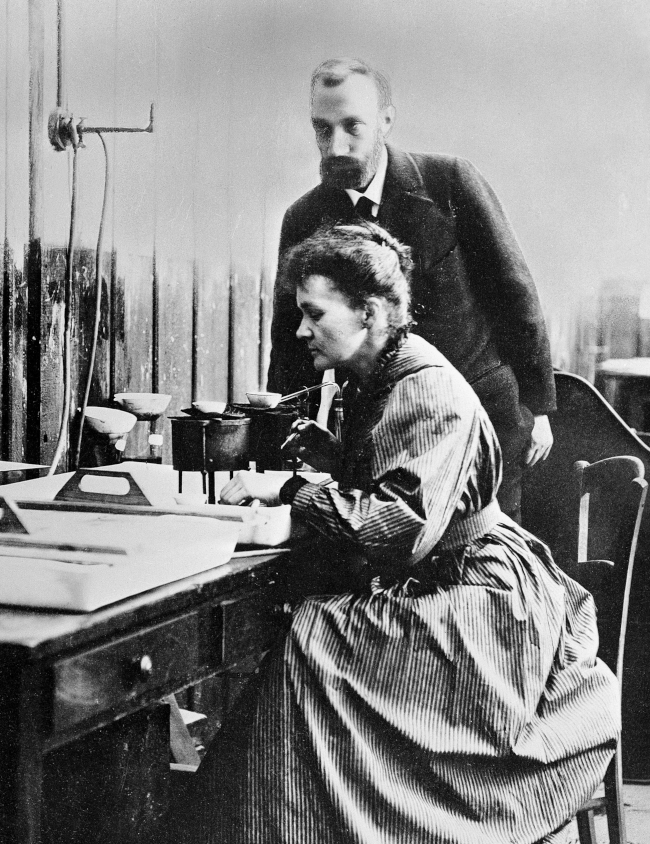
The discovery of radium is attributed to Marie and Pierre Curie, who isolated it from the mineral pitchblende in 1898. The Curies coined the term “radium” for this new element, which they found to be highly radioactive. Their discovery led to a new era in the study of radioactivity and the development of nuclear physics. In the early 20th century, radium was widely used in medicine for its supposed therapeutic effects. It was also used in various consumer products, including luminous watches and clock dials.
However, by the 1920s, the dangers of radium exposure became apparent, with numerous cases of radiation poisoning and cancer among workers in the radium industry. Despite the risks, radium continued to be used in some applications well into the 20th century. Today, radium is primarily used for research purposes, as it has no practical applications due to its high radioactivity and potential health hazards.
Occurrence and production
Radium is a rare and highly radioactive element that is not found in substantial amounts in the Earth’s crust. It is a decay product of uranium and is found in uranium ores. The most common radium mineral is called carnotite. Other minerals that contain radium include pitchblende, torbernite, and autunite.
The production of radium is a complex process that involves the separation and extraction of radium from its parent material, uranium. In the early days, radium was obtained by processing pitchblende, which contains small amounts of uranium. The process involved the extraction of uranium oxide from the ore, followed by the separation of radium from the other elements present in the uranium oxide.
In modern times, radium is produced mainly by irradiating uranium in nuclear reactors. Uranium is bombarded with neutrons, which results in the formation of radium isotopes. The isotopes are then separated from the other radioactive products produced in the reactor, and the radium is purified through a series of chemical processes.
The production of radium is strictly controlled due to its highly radioactive nature and the health hazards associated with it. The use of radium in industrial and medical applications is also regulated.
Properties
Radium is an alkaline earth metal that is highly reactive and combines with many other elements.
It has a silvery-white color and a metallic luster, but its surface quickly tarnishes in air due to its reactivity.
Radium has a density of 5.5 g/cm3 and a melting point of 700 ℃.
It is radioactive and emits alpha, beta, and gamma rays, making it highly dangerous if not handled properly.
Radium has two isotopes, radium-226 and radium-228, with radium-226 being the more common and more stable isotope with a half-life of 1600 years.
It has a high electronegativity and reacts with water to produce radium hydroxide and hydrogen gas.
Radium has similar chemical properties to calcium and barium, due to its position in the same group on the periodic table.
Applications
Medical
Radium was once used in the treatment of cancer and other diseases due to its ability to destroy abnormal cells. It was used in a variety of medical devices, such as brachytherapy sources, but its use has declined due to its radioactivity and health risks.
Industrial
Radium was used in luminous paints, clocks, and instruments, where its radioactive decay produced a luminous glow. It was also used in the manufacturing of self-luminous aircraft dials, nuclear physics experiments, and neutron sources.
Research
Radium continues to be used in research as a radioactive tracer in various scientific fields such as chemistry, geology, and environmental science.
Nuclear energy
Radium can be used as a neutron source for nuclear reactors, although its use in this application is limited due to its scarcity and high cost.
Art and culture
Radium was once used in art to create luminous paintings and in cinema projectors to produce brighter images.
Interesting facts
Radium was discovered by Marie Curie and her husband Pierre Curie in 1898.
Radium is radioactive and emits alpha, beta, and gamma rays, which can be harmful to humans and other living organisms.
Radium was once used in self-luminous paints for watches, clocks, and instrument dials, but this use has been discontinued due to safety concerns.
The element has been used in cancer treatments, as it can be targeted to kill cancer cells.
Marie Curie and her daughter Irène Joliot-Curie won Nobel Prizes for their work with radium and other radioactive elements.
Radium is one of the rarest elements on Earth, with only about 1 gram present for every 7 million tons of soil and rock.
Due to its rarity and radioactivity, radium has been used as a symbol of luxury and danger, appearing in cultural works such as songs, movies, and literature.
Related
More elements
External links
- https://www.rsc.org/periodic-table/element/88/radium
- https://en.wikipedia.org/wiki/Radium
- https://www.britannica.com/science/radium
- https://www.livescience.com/39623-facts-about-radium.html
- https://pubchem.ncbi.nlm.nih.gov/element/Radium
- https://www.radiochemistry.org/periodictable/elements/88.html
- https://www.ducksters.com/science/chemistry/radium.php
Deep
Learnool.com was founded by Deep Rana, who is a mechanical engineer by profession and a blogger by passion. He has a good conceptual knowledge on different educational topics and he provides the same on this website. He loves to learn something new everyday and believes that the best utilization of free time is developing a new skill.
